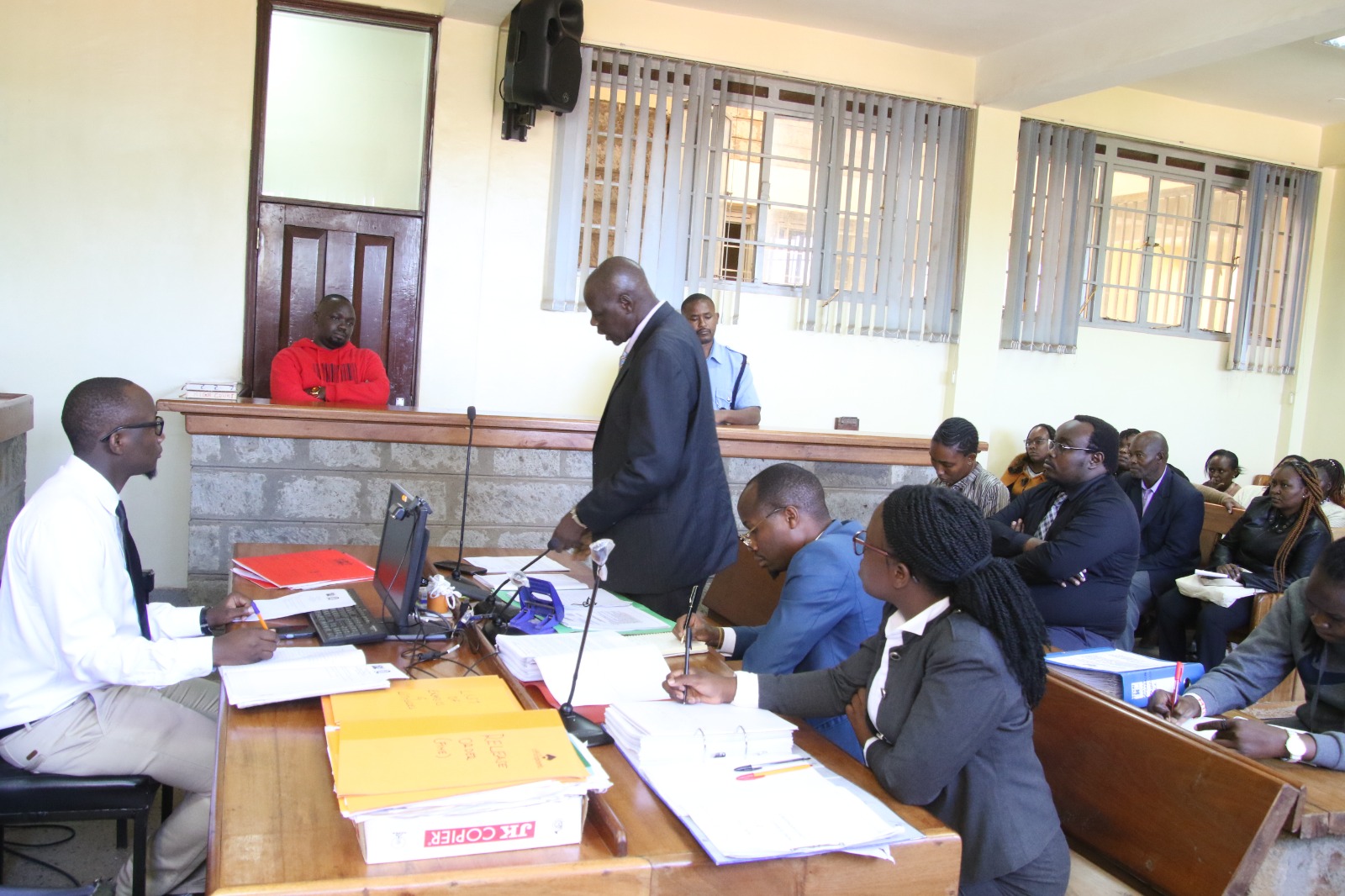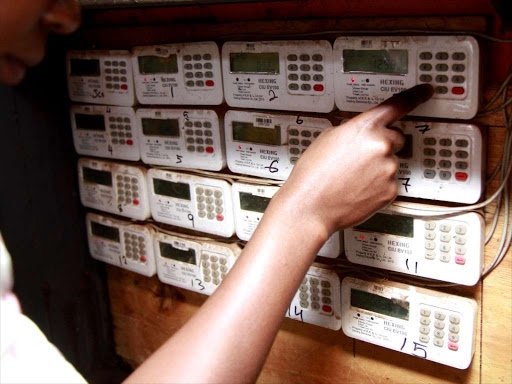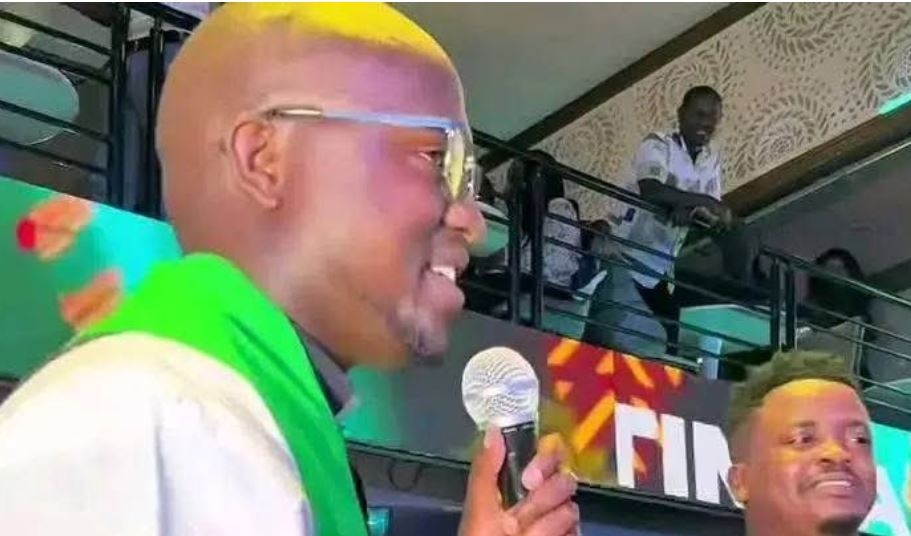

A guard, a boarding master and a matron have narrated to a Nyeri court how a night inferno at Hillside Endarasha Academy on September 5, 2024 engulfed the boys’ dormitory leaving 21 dead and several others injured.
The three, who are among the first set of witnesses to testify in the public inquest that was set up to help piece together the series of events that took place at the school late last year, told the court that the tragedy happened just two days after the school had re-opened for third term.
In their accounts before Nyeri Senior Resident Magistrate Mary Gituma, the three testified how they, together with the villagers, tried to save as many boys as they could from the dormitory fire.
In his testimony on the first day of the inquest, James Maina, a former guard at the school narrated how he noticed a cloud of smoke billowing from the boys’ dormitory at around 10 pm while making his normal night patrols at the school compound.
“The fire was at one of the three doors of the dormitory. I immediately started calling for help using a whistle that I always carried with me. At the same time, I started assisting the boys to get out of the dorm through the other two doors and there were those who were escaping the fire through the windows” Maina said.
“Some of the boys were asleep while others were calling for help but their cries were muffled by noise from night vigil prayers that were going on at the neighbouring church,”the former guard said.
Maina said that at the time of the incident, the patron was absent from the school as he was nursing injuries sustained in an accident two days prior the incident.
Maina had been assigned some of his duties, albeit with a few restrictions.
“I was only supposed to patrol around the dormitory and ensure the children were safe but I was not allowed to set foot inside the dorm,” he said.
The guard also revealed that the dorm had three doors and none of them were locked but they always stayed shut to prevent stray dogs from entering the dormitory.
On the fateful night, Maina narrated how the boys tried to escape the fire by jumping through the windows as others scrambled for exit.
“The doors were only shut and anyone could push them open. The only time the doors were locked was during the school holidays. The windows too did not have grills and were big enough to allow two people to jump out,” he said.
He said good samaritans were using buckets to put out the fire before the fire brigade arrived at the scene.
“We were only able to save the ones that we
could. Later on in the morning we were informed that some of the boys had died
in the fire,”Maina said.
Beatrice Nduta, who was working as a matron at the school, told the inquest that she switched off the electricity from the main switch as a precautionary measure to prevent the fire from spreading.
She said that the lights in the dormitories stayed on all night and that in addition to the electricity supplied by the Kenya Power and Lighting Company, the school also relied on solar power for lighting.
“It was an instinctive response. I thought that the fire might have been caused by an electric fault, hence switching off the power would have prevented it from spreading to other places,” Nduta said.
As the matron, Nduta spent her nights in a cubicle that was located inside the girls’ dormitory.
On the fateful night at around 10.30 pm, she said she was woken up by a persistent knock on the door by one of the girls.
The voice on the other side was asking her to wake up quickly because the boys’ dormitory was on fire.
Nduta told the court that she then started evacuating the girls from the dormitory to the classrooms and proceeded to the kitchen where she switched off the electricity supply but left the solar powered security lights on.
She also testified that since she also had the keys to the kitchen, she also opened it to confirm that it was not on fire.
“The boiler where the next day’s meal of githeri was boiling was the only fire accessory that was on, but it was not an open fire and therefore not a cause for alarm,” she said.
In her testimony, she said that when the water ran out at the water tanks outside the kitchen, she directed them to additional water tanks located near the girls’ dormitory.
The school’s former boarding master, Kelvin Ndegwa, helped paint a picture of the dormitory structure.
He told the court that the boys’ dormitory was about 10 meters from the school kitchen.
The structure had been constructed using brick and some section were made of iron sheets.
The dormitory could accommodate 164 boys but on the material day, only 161 boys had reported to school.
According to Ndegwa, most of the beds in the dormitory were made of metal and the remaining few were made of wood.
He said that on the said night, he wound up his duties at around 4 o’clock in the afternoon and that all was well when he left the school at around 8pm that evening.
It was at around 11 pm in the night that he heard a commotion but he did not pay much attention because he assumed it was the noise from a nearby church that was hosting a night vigil but his wife informed him that the noise was coming from the school which was on fire.
“I rushed to the school where upon inquiring what was going on, I was informed that the boys’ dormitory was on fire. The school compound was dark as the lights were off. Together with other teachers, I started gathering the children and moving them into classrooms,’’ Ndegwa said.
‘’That is when the fire fighters arrived and helped extinguish the blaze.”
Ndegwa added that he found other people already attempting to rescue injured pupils.
He testified that some parents arrived at the school and picked their children at night.
Others who lived close by reportedly picked other children to shelter them for the night with the promise of bringing them back in the morning.
He also told the court that several roll calls were taken that night.
“We took several roll calls to help us account for the students but the number of children kept changing so we did not have an exact number of pupils. By dawn, we had tried to gather the actual number of children and we also tried to contact the parents,” Ndegwa said.
The matter was moved to court on the recommendation of the Director of Public Prosecution who suggested that the case be handled as an inquest.
The decision was announced by Interior Cabinet Secretary Kipchumba Murkomen while responding to questions fielded by journalists during the Jukwaa la Usalama forum in Nyeri on August 26.
The inquest will proceed on February 5,
2026 before Senior Resident Magistrate Mary Gituma where more witnesses
including three minors are set to give their testimonies.
















